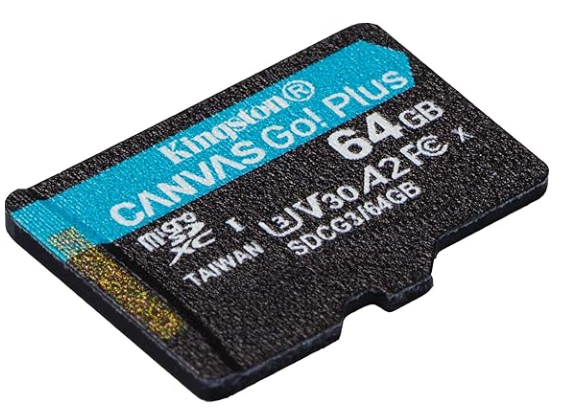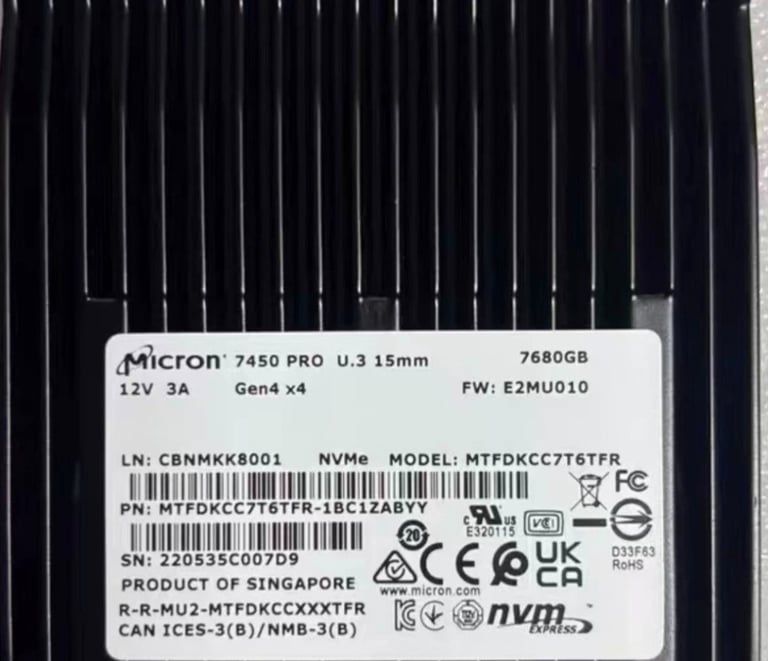Speed Matters: Unlocking the Power of HDD and SSD Storage Solutions
ELECTRONICS
6/25/20254 min read


The Evolution of Storage: From Spinning Disks to Lightning-Fast Chips
In the digital age, where data is currency and speed is power, storage technology has undergone a revolutionary transformation. Long gone are the days when hard drives (HDDs) with spinning platters were the only option. The emergence of solid-state drives (SSDs) has redefined what’s possible, delivering speed, durability, and efficiency like never before.
Whether you're a gamer hungry for faster load times, an enterprise managing massive volumes of data, or a casual user upgrading a laptop, understanding the difference between HDDs and SSDs — and how they’re reshaping the tech landscape — is essential.
What Is a Hard Drive (HDD) and Why Did It Dominate for Decades?
The hard disk drive (HDD) is a magnetic storage device that reads and writes data using spinning disks or platters. Since its inception in the 1950s, HDDs have been the cornerstone of computer storage due to their affordability and high capacity.
Despite their mechanical nature, HDDs offer vast storage at relatively low cost per gigabyte, making them a favorite for archiving, backup, and large-scale data centers.
But as demand for speed, reliability, and compactness increased, cracks began to appear in the once-dominant HDD architecture.
Introducing SSD: The Silent Speed Demon
Enter the Solid-State Drive (SSD) — a game-changer in every sense. With no moving parts, SSDs use NAND flash memory to store data. The result? Near-instantaneous access, faster boot times, and silent operation.
The absence of mechanical components not only increases reliability but also makes SSDs significantly faster and more energy-efficient than their HDD counterparts.
SATA vs. NVMe: The Battle Within SSDs
While all SSDs are faster than HDDs, not all SSDs are created equal. There are two major interface types: SATA and NVMe.
SATA SSDs
SATA SSDs (like the Crucial MX500 or Samsung 870 EVO) connect using the same interface as HDDs, capping speeds at about 550MB/s. They offer a great performance boost over traditional hard drives and are widely compatible.
NVMe SSDs
On the other hand, NVMe SSDs (like the Samsung 990 PRO, 980 PRO, or WD_BLACK SN850X) leverage the PCIe interface. This allows data transfer speeds of up to 7000MB/s or more. They’re ideal for demanding tasks — video editing, 3D rendering, gaming, and enterprise workloads.
Enterprise Storage: Speed Meets Reliability at Scale
In large organizations, downtime is not an option. Enterprise storage solutions demand performance, endurance, and stability. SSDs, particularly NVMe drives like the Samsung PM9A3 or Intel P5520, are rapidly replacing traditional HDDs in data centers.
Not only do these drives reduce latency, but they also consume less power and generate less heat — a critical factor in large-scale operations.
Gaming Storage: Don’t Let Load Times Kill the Vibe
In gaming, speed can mean the difference between victory and defeat. Gaming storage solutions like the WD_BLACK SN850X or Samsung 980 PRO give gamers faster loading screens, smoother performance, and real-time data streaming.
For those building or upgrading gaming rigs, NVMe SSDs have become the de facto choice. Their blazing-fast read/write speeds eliminate stutter and offer seamless gameplay, especially in open-world titles or games with large asset libraries.
Laptop Upgrades: Breathe New Life into an Old Machine
Upgrading an old laptop with an SSD is like giving it a new brain. The difference in speed is jaw-dropping. Boot times drop from minutes to seconds. Applications launch in a blink. Battery life improves. And because SSDs are shock-resistant, they’re ideal for mobile devices.
For users on a budget, SATA SSDs like the Crucial MX500 or Samsung 870 EVO offer the perfect blend of performance and affordability.
Server Drives: The Heart of Every Business Operation
Server drives need to be fast, reliable, and robust. Whether it’s handling databases, web hosting, or file storage, an efficient storage backbone is essential.
Many businesses are moving toward high-capacity SSDs like the Samsung PM1653 or Intel P5520, which offer SAS and U.2 interfaces for better performance and scalability in RAID configurations.
Desktop Performance: Say Goodbye to Lag
If your desktop feels sluggish, storage could be the culprit. Traditional HDDs can bottleneck even the fastest CPUs. Switching to an SSD unleashes your machine’s true potential.
A Samsung 970 EVO Plus NVMe SSD, for instance, can drastically enhance responsiveness. Add in faster file transfers and quicker boot-ups, and you’ve got a high-performance workstation.
Cloud Storage vs. Local Storage: Finding the Balance
As cloud storage becomes more ubiquitous, many ask: should I still care about local storage?
The answer is yes.
While cloud services are convenient, fast local storage — especially SSDs — allows for real-time access, offline productivity, and enhanced privacy. Plus, SSDs reduce the reliance on internet speed, making them perfect for professionals working with large files.
SATA or NVMe: Which One Should You Choose?
Choosing between SATA and NVMe depends on your needs:
Budget-conscious: SATA SSDs like the Crucial MX500
Gaming or high-performance: NVMe SSDs like the Samsung 990 PRO
Data storage at scale: High-capacity drives like the Samsung PM1643A SAS
Enterprise-grade reliability: U.2 NVMe drives like the Intel P5520
Ultimately, both interfaces offer solid benefits — it’s about matching your storage to your use case.
Why Speed Matters in 2025 and Beyond
Today’s digital ecosystem is powered by speed. AI workloads, 4K/8K content, real-time gaming, and cloud computing all demand high-throughput, low-latency storage. HDDs, while still viable for archival storage, are giving way to SSDs for active data access.
And as NVMe over Fabrics and PCIe 5.0 become the new normal, the speed gap between storage and system memory will continue to shrink.
The Shift to Reliable Storage: Minimize Risk, Maximize Output
Whether it's an enterprise protecting client data or a student saving a thesis, reliable storage is critical. SSDs are less prone to failure because they have no moving parts. They’re shockproof, quiet, and can withstand wider temperature ranges.
That’s peace of mind — and performance — in one sleek drive.
Future-Proofing with Tech Upgrades
Storage is no longer just a utility — it’s a strategic asset. Investing in modern storage technologies like PCIe 4.0 NVMe SSDs, U.2 interfaces, or high-endurance enterprise drives ensures you're ready for the future.
Looking ahead, technologies like 3D NAND, QLC storage, and computational storage promise to make storage faster, denser, and smarter.
Final Thoughts: Choose Smart, Choose Fast
Whether you're upgrading a home PC or architecting an enterprise data center, your storage decisions matter. They impact speed, performance, durability, and ultimately, your productivity.
In this high-stakes digital world, storage is no longer just about space — it’s about speed, reliability, and adaptability. So choose smart. Choose fast. Choose the right drive for your journey.
Leon Wholesale
📞 Whatsapp: +8618136773114
📧 Email: leonxu0317@gmail.com


